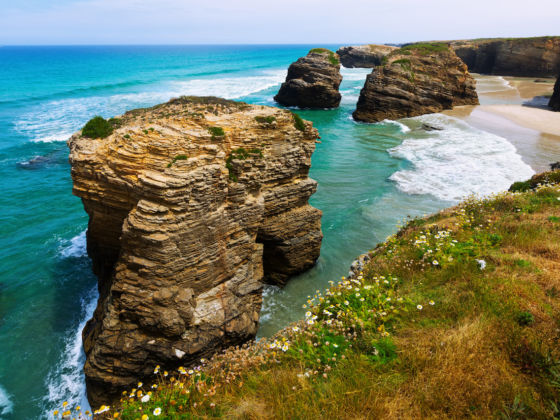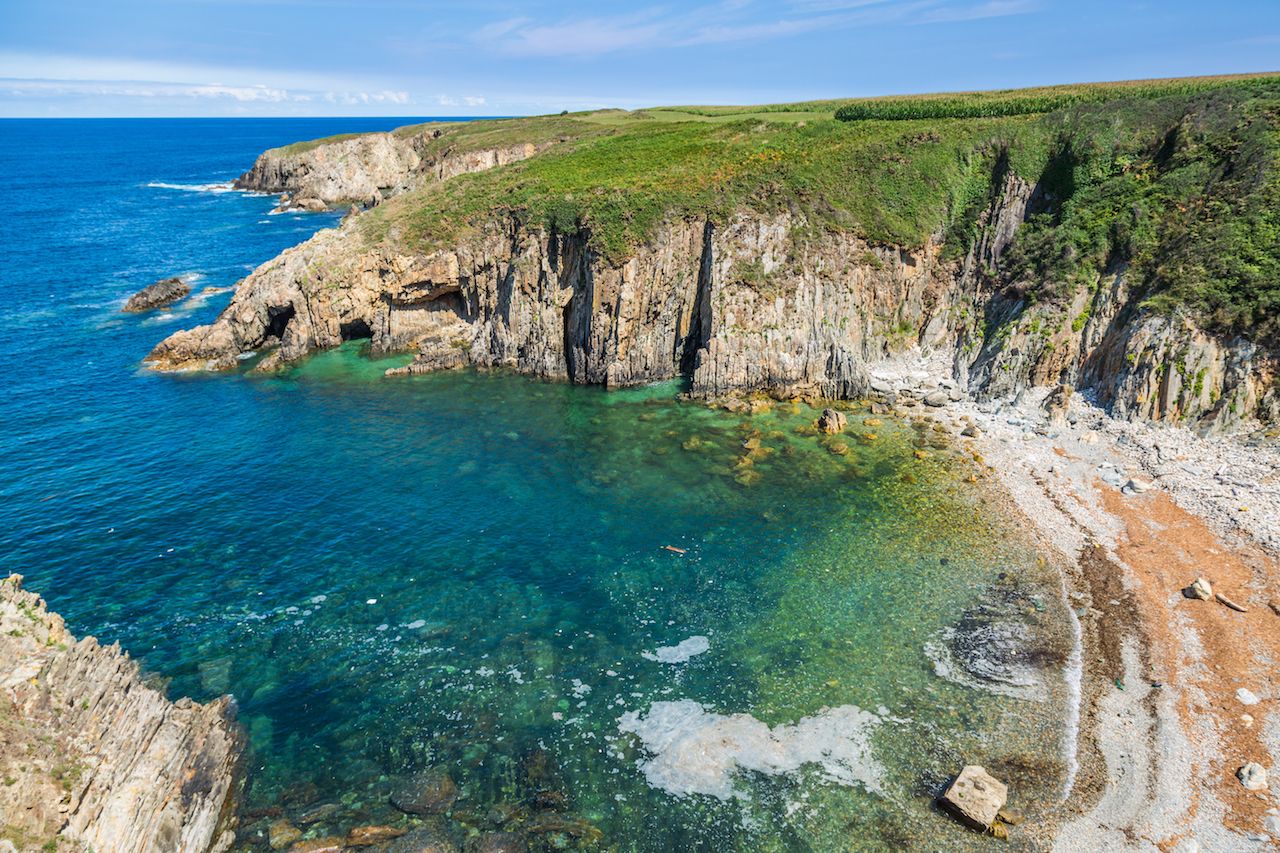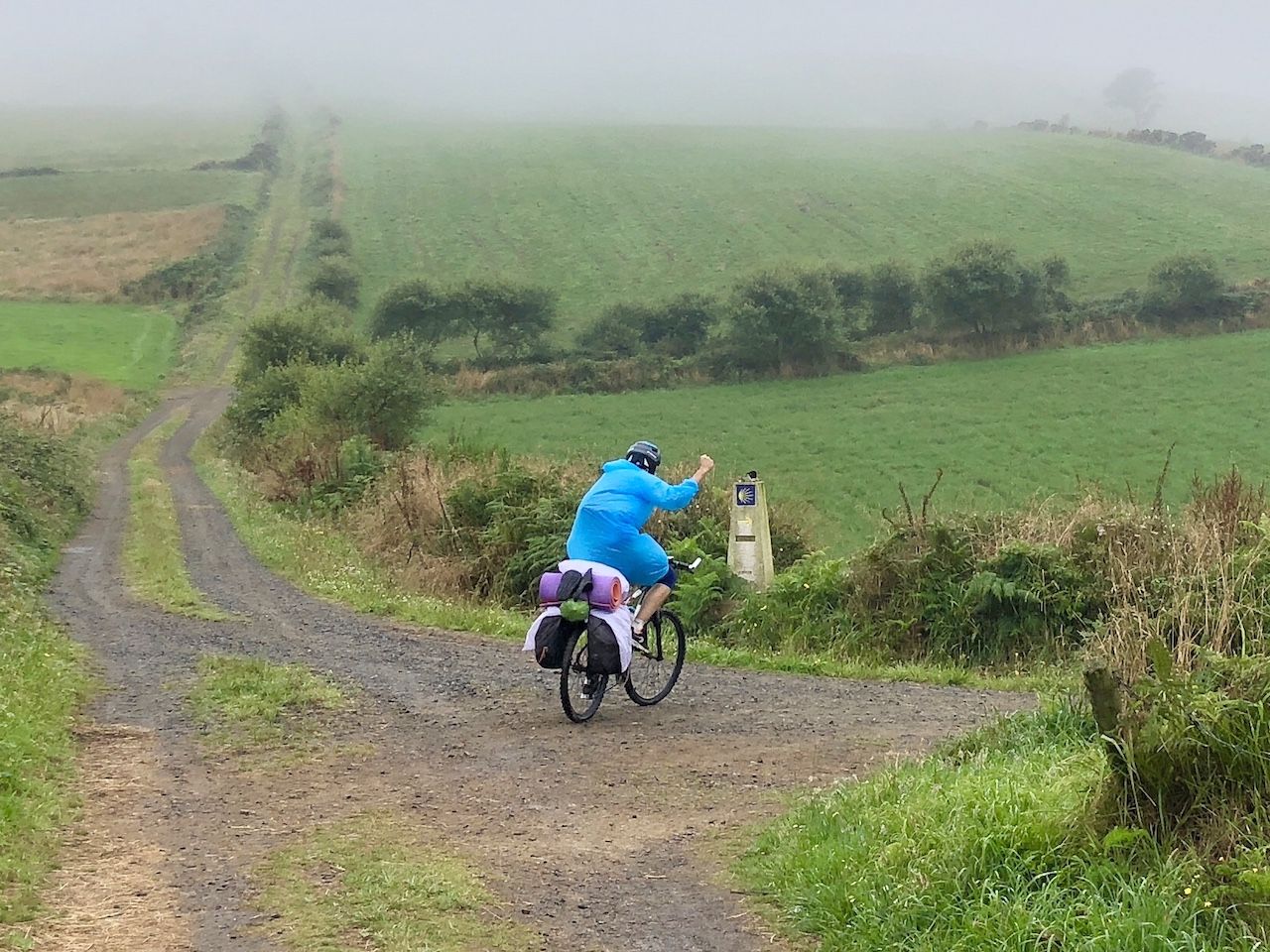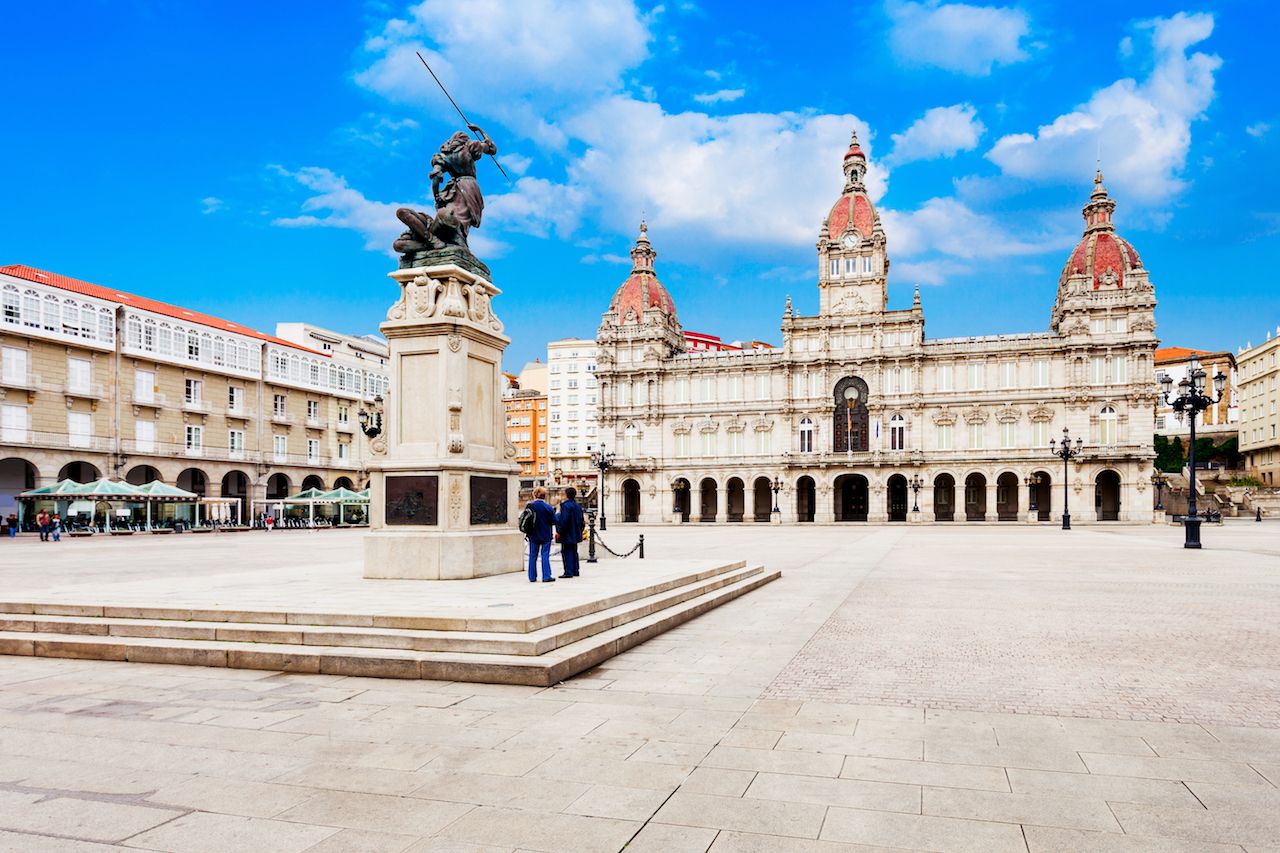When travelers think of Spain, they may imagine cities like Madrid or Barcelona — Galicia rarely comes to mind. The only place in Galicia foreigners do spend any time is Santiago de Compostela, and that’s only because it’s the final destination of the Camino de Santiago pilgrimage route.
The few intrepid pilgrims who do persevere beyond Santiago de Compostela — to the lighthouse at Cape Finisterre — come to grasp what Galicia really has to offer. Here’s why Galicia is the most underrated region in Spain.







